Do you need a drain for your dryer?
 Probably everyone more or less imagines how much hassle it is to connect a washing machine to communications: you need to connect it to the sewerage system, and to electricity, and for it all to work. Intuitively, it seems that everything is just as complicated with drying machines, but why do you need a sewer for a drying machine, since it does not interact with water as actively as a washing machine? Well, let's figure out all the intricacies of connecting the dryer to communications.
Probably everyone more or less imagines how much hassle it is to connect a washing machine to communications: you need to connect it to the sewerage system, and to electricity, and for it all to work. Intuitively, it seems that everything is just as complicated with drying machines, but why do you need a sewer for a drying machine, since it does not interact with water as actively as a washing machine? Well, let's figure out all the intricacies of connecting the dryer to communications.
Does the dryer require sewerage?
How does a dryer dry things out? It's simple: wet laundry is processed inside the drum by streams of hot air, the moisture evaporates and is removed from the chamber in the form of condensate/steam, etc. Accordingly, dryers are not connected directly to water from the water supply, nor are they connected to the sewer system, but sometimes such a connection may be necessary.
Currently, there are three types of automatic drying machines on the market.
- Exhaust. A corrugated pipe is connected to the dryer chamber, which removes moisture from the machine directly into the room or outside. Such units do not require connections to the sewer system, but they are very demanding.
- Condensation. In this case, waste moisture in the form of heated moist air undergoes a cooling process, due to which dry air and liquid in the form of condensate are separated. The condensate then exits into a special tray. The tray must be emptied after each drying.
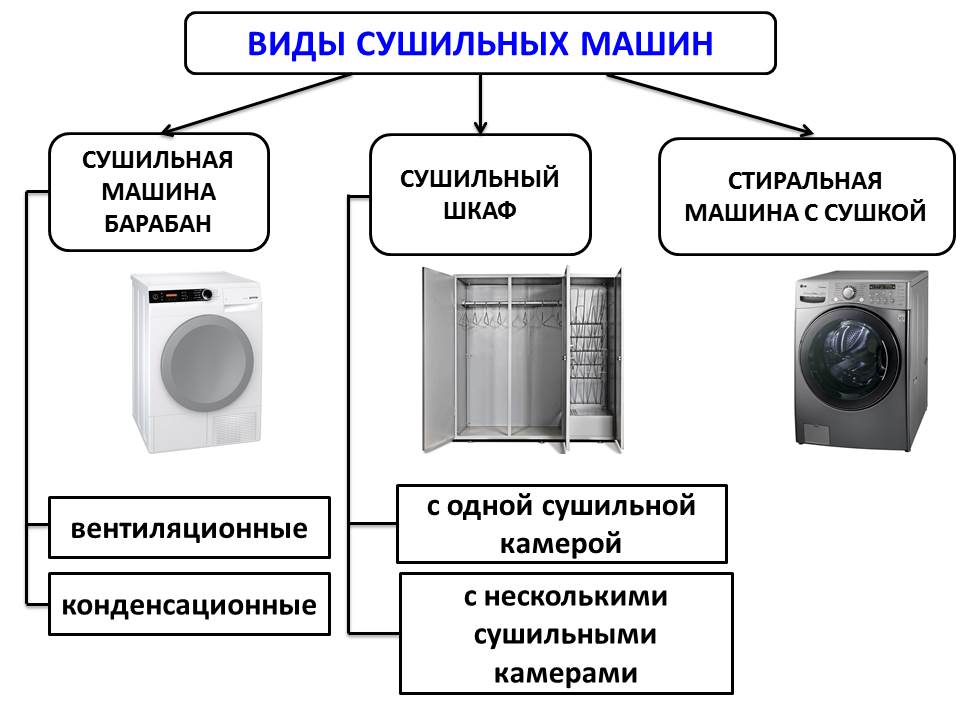
- Evaporative. Many people say that this is a type of condenser dryer.Only, unlike classic condensing machines, the air does not cool down after operation, but, on the contrary, heats up, turning into steam. Steam is discharged from the dryer through a special hose either into a tray or directly into the drain.
Important! Condensing and evaporating machines can be connected to the sewer, but units with such functionality are very bulky!
Accordingly, more free space is needed for their installation, but the load volume of laundry for one cycle is many times larger.
From the above, we can conclude that in fact, not a single drying machine requires a mandatory connection to the sewerage system in order to function properly. In the case of evaporative and condensing machines, you will have to empty the tray with liquid after each drying, which in general should not create problems. If you want to completely automate the process, you can connect the unit to communications.
We connect the machine to the electrical network and sewerage
As we have already found out, it is not necessary to connect the dryer to the sewer, but if you still decide to do it, the connection process looks something like this.
- Attach the outer hose to the back of the dryer.
- Check that the fastening is secure and that there are no twists or bends on the tube.
- The hose can either be shortened by cutting it, or lengthened using another piece and a connector.
- The end of the drain hose must be led into the sewer by connecting it to a pipe under the sink or simply throwing it into the sink or bathtub.
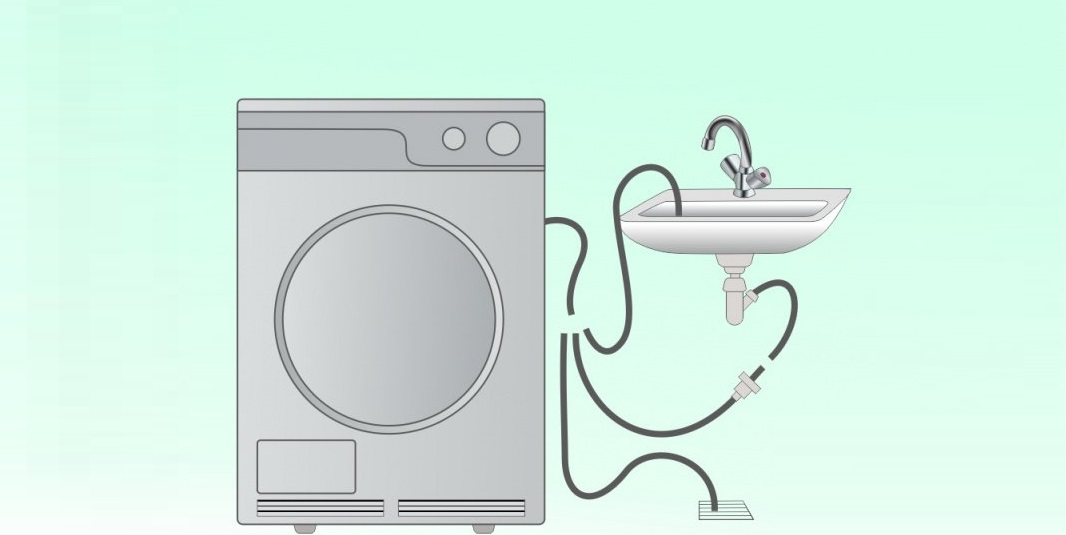
Actually, you don’t need to perform any special actions, everything is exactly the same as with a washing machine. Before the first start, do not forget to check the quality of all fasteners again to prevent water leakage.
As for connecting to the power supply network, everything is even simpler: the only recommendation is not to connect both the dryer and the washing machine to a double outlet, since the network may not withstand such a load, which will lead to a short circuit.
The power of dryers usually does not exceed 2500 W, so any household outlet is suitable for connecting to the network.
To avoid a short circuit, take care of the fuse in the distribution panel. Usually a 16 A RCD and a switch of the same type are installed. Then, even during network overloads, your unit will be well protected from failure and burnout.
Interesting:
Reader comments
- Share your opinion - leave a comment


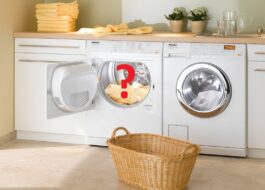
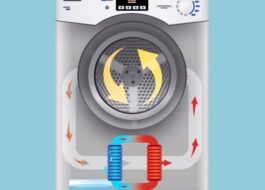
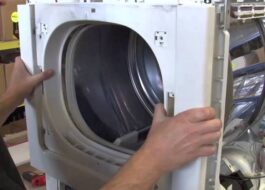














Add a comment